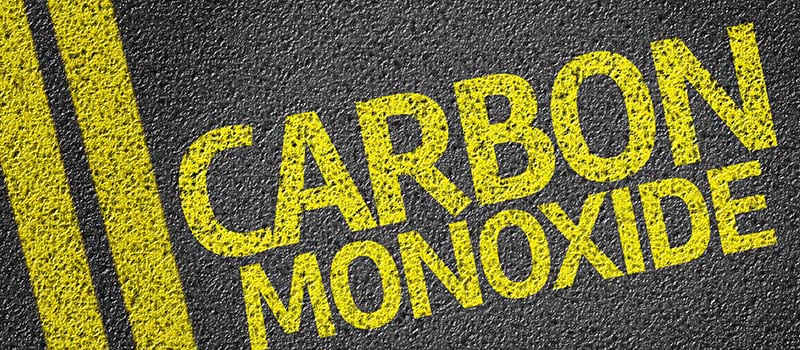Protect Yourself From Carbon Monoxide
Protect Yourself From Carbon Monoxide

Protect Yourself From Carbon Monoxide
Where is carbon monoxide produced in my home?
Since carbon monoxide is produced from burning fuels, it stands to reason that your fireplace and furnace are the most common sources of carbon monoxide buildup, and since these are used most frequently during cold weather, carbon monoxide poisoning is most common in the winter months.
Improper ventilation when using grills, generators or other gas-powered equipment is also a common source of carbon monoxide buildup. Even improperly maintained appliances, like clothes dryers, gas stoves or ovens, can be a source of CO buildup.
What can I do to protect against carbon monoxide poisoning?
The best way to protect your home against CO poisoning is to install multiple carbon monoxide detectors/alarms in your home. Ideally, you should install an alarm on each level of your home and outside of sleeping areas. As with smoke detectors, you should regularly check the batteries in your CO alarms to make sure they are in good working order. Generally speaking, you should replace these alarms every five years, or as recommended by the manufacturer.
It’s also best to have all of your fuel-burning appliances inspected regularly by a professional. If you have a chimney that you use regularly, it should be inspected and cleaned no less than once a year. The same is true for your furnace, which should be inspected to ensure that it is not malfunctioning in any way.
Be sure that you never leave your car running in the garage, and only make repairs to your lawnmower or other gas-powered equipment outside or in an area with adequate ventilation. You should also never use camp stoves indoors, and ovens should never be used as a heat source in the winter. In the event that you’re using a gas-powered generator, especially as an alternative power source during a power outage, make sure to keep it at least 20 feet away from the house when in use.
What should I do if I think there’s a carbon monoxide leak in my home?
The symptoms of carbon monoxide poisoning can mimic those of the flu, including headache, dizziness, weakness, nausea or loss of muscle strength. If you think there may be a carbon monoxide leak in your house, immediately open your windows and get as much fresh air inside as possible. Evacuate everyone in your home (including your pets) and call 911. Prolonged carbon monoxide exposure can have long-term, dangerous side effects, so be sure to act quickly in the event that you suspect a CO leak.
Get the protection to keep you safe
Even the most vigilant homeowner can’t prepare for everything, so make sure you have the insurance coverage you need in case of an unexpected disaster. Reach out to your local agent with any questions about your current insurance coverage. They will help you protect what matters most, no matter what your situation may be.
